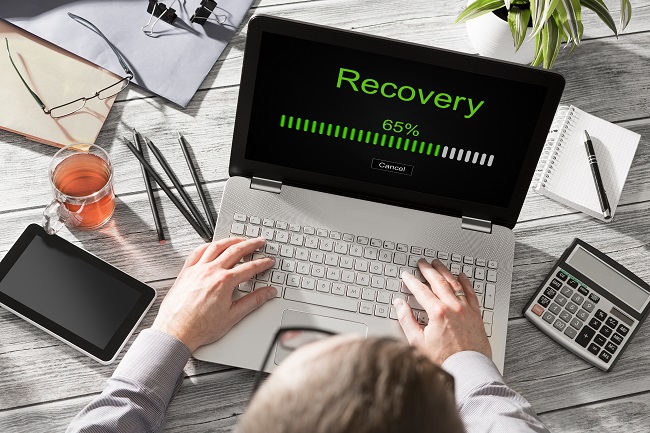What to Do When You Lose Your Computer Files: A Guide to Data Recovery

Losing data is a common occurrence. Even the most diligent computer users from time to time have trouble saving their files. You might lock your keys in your car, forget to pay your bills or have your hard drive die. Whatever the reason, computer files can disappear without warning.
You’ll never be able to get those photos back, at least not without a little professional help. But don’t worry, you won’t be the only one wrestling with this problem. There are some things you can do to help recover your data, even if you don’t know where to start. Keep reading to discover computer data recovery near me what you need to know.
Record Anything Unique
If you are experiencing data loss, it is important to write down anything you can remember. Write down what you think might have caused the loss and any other information that may be relevant. Your computer’s name, your operating system, your internet browser, and the programs you use are all important pieces of information. If you don’t know your operating system or internet browser, a quick Google search will easily tell you the answer.
Check Your System Files
First and foremost, you need to check your system files. The chances are you’ll have at least one of your missing files saved somewhere on the hard drive. This is a good first step because it’s easy to find and won’t take long at all.
Backup Your Data
When you backup your data, you’re creating an archive of all the files on your computer. This is an excellent way to make sure that if something happens to your computer, you have a copy of all the data. You can choose how often you want to create backups, or you can set it up so that backups are created automatically. A physical backup is a great way to protect your data. However, remember that if something physically happens with your hard drive or the storage device where you store your backup files (like a drive fails), then your physical backup won’t work either. You need to keep both in mind.
An online backup service like Google Drive or Dropbox is another excellent way to make sure that everything is saved in case disaster strikes. If someone deletes an important file by mistake and it hasn’t been backed up yet, chances are good that it still exists on the internet somewhere thanks to these services. It would just take one quick search through Google Drive or Dropbox until they found their lost file and then they could download it again.
Create a Data Recovery Plan
No matter what happens to your data, you should have a plan in place. You might not be able to remember everything your computer did in the past few years, but there are some important things you can do to try and recover the lost data.
The first step is to create a data recovery plan. This means backing up all of your files on an external hard drive or on cloud storage. You never know when disaster will strike, so it’s always better to back up as much information as possible and save any special projects you’ve been working on. The more files you have backed up, the more likely you are to get them all back.
Defragment Your Hard Drive
Data recovery starts with defragmenting your hard drive. A fragmented hard disk will slow down your computer, which can lead to data loss. If you need help, consult a professional. They’ll be able to use specialized tools on your hard drive and reorganize the files so that they can be found more easily.
If you don’t want to pay a professional, there are some things you can do at home. You just need to know what to avoid, like deleting any files without looking first or using any software that claims it can recover data for you automatically.
Install an Antivirus Program
The first thing you need to do when you lose your computer files is installed an antivirus program. This will help you protect against future data loss. Your antivirus program should be running before any potential incident occurs.
Optimize Your Hard Drive
One of the first steps to take when you lose data is to optimize your hard drive. This will make it easier for any future recovery efforts. To do this, go to Start > Search for cmd and then click on the Command Prompt application that appears in the search results.
In the Command Prompt window, type “chkdsk” and hit Enter on your keyboard. This will launch the Disk Check utility, which will scan and repair any errors found during your hard times.
Conclusion
The best thing you can do is be ready. Have an antivirus program installed, get the latest updates and make sure your data is backed up on an external hard drive. That way, if the worst does happen, you can recover your files with relative ease.




